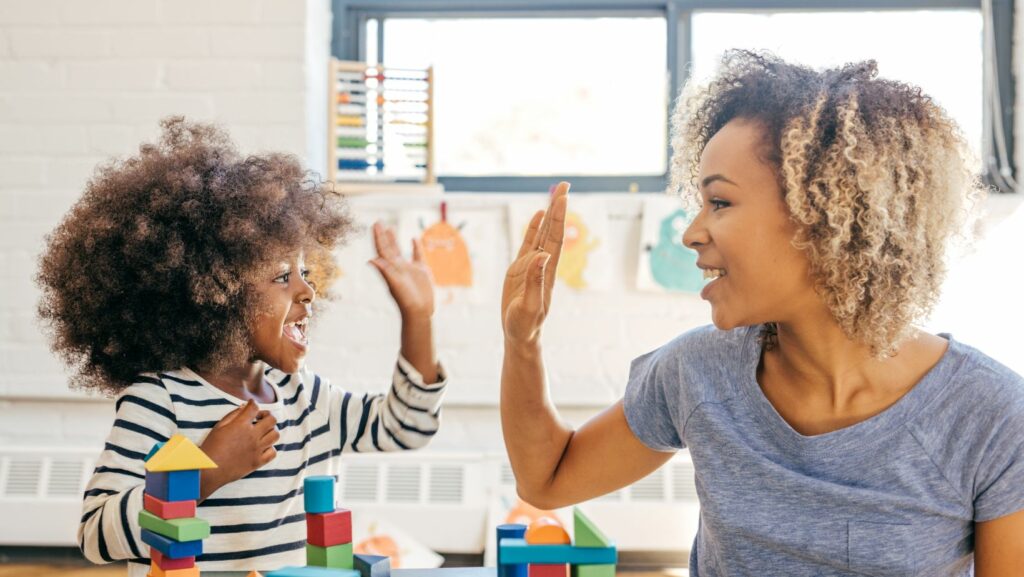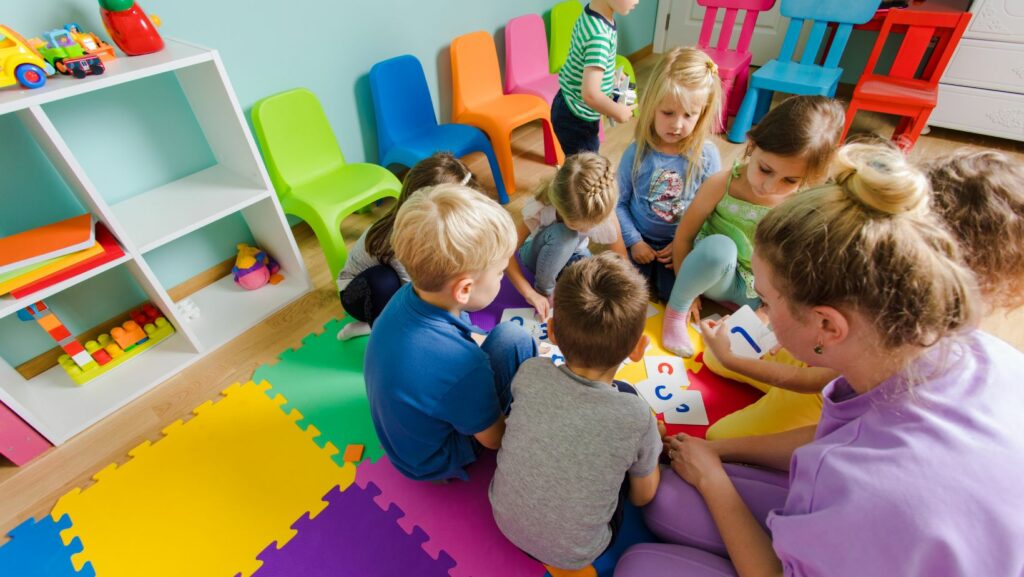The toddler years are a time of great cognitive, emotional, and social development. With the right activities, parents can turn their home into a vibrant learning environment for their 2-year-olds. From sensory play to simple art projects, there’s a world of discovery waiting right at your fingertips.
This article will explore a variety of educational activities that you can easily set up for your toddler at home. These activities aren’t just fun—they’re also designed to nurture your child’s growing mind and skills. So, get ready to dive into a world of colors, shapes, sounds, and so much more. Your 2-year-old’s home-based learning journey starts here.
Educational Activities For 2 Year Olds At Home
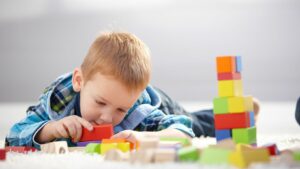 Making Playdough: Engaging in sensory play, children develop fine motor skills and explore their creativity. Homemade playdough serves this purpose efficiently. An example could be a simple recipe using flour, water, and food coloring.
Making Playdough: Engaging in sensory play, children develop fine motor skills and explore their creativity. Homemade playdough serves this purpose efficiently. An example could be a simple recipe using flour, water, and food coloring.
Color Match Game: Enhancing color recognition, this game requires colored toys and matching colored containers. Kiddos find joy in matching the toys to the corresponding containers.
Handprint Art: Encouraging creativity and imagination, handprint art is a fun way to learn about colors. For instance, using non-toxic paints and a sheet of paper, children can leave handprints creating their masterpieces.
Nature Walk: Boosting physical and cognitive development, nature walks are perfect to learn about the surrounding world. Toddlers can recognize different elements in nature like leaves, flowers, birds, and more.
Understanding Your 2 Year Old’s Learning Abilities
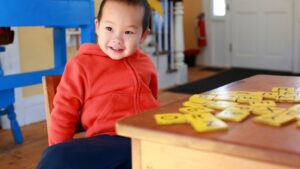 When it comes to a 2-year-old’s learning abilities, it involves a dynamic blend of cognitive, emotional, and social development. This progress is crucial for their growth and understanding of the world, and interactive educational activities at home can be an effective way to aid this process.
When it comes to a 2-year-old’s learning abilities, it involves a dynamic blend of cognitive, emotional, and social development. This progress is crucial for their growth and understanding of the world, and interactive educational activities at home can be an effective way to aid this process.
By this age, brain development paves the way for critical cognitive skills. These may include awareness of colors and shapes, development of problem-solving abilities, and memory enhancement. Educational activities can reinforce these capabilities, turning everyday experiences into lessons. For instance, activities such as puzzles and color matching games can enrich their cognitive development; puzzles can cater to problem-solving abilities while color matching activities bring an understanding of colors. Therefore, tailored educational activities not only entertain but also provide a foundation for cognitive growth for 2-year-olds at home.
Top Educational Activities for 2 Year Olds at Home
Focusing on refining the fine motor skills, cognitive abilities, and emotional development of toddlers, consider incorporating a variety of educational activities tailored specifically for 2-year-olds at home. From interactive reading tasks to fun pretend play, these activities combine learning and entertainment in equal measures.
Fun and Interactive Reading Activities
Interactive reading sparks early interest in books. For example, picture books with touch-and-feel textures or flip-up flaps captivate a toddler’s attention while teaching them about shapes, colors, and animals. Interactive storybooks, particularly ones that incorporate sounds, foster a child’s auditory learning abilities. Two-year-olds primarily learn through exploration. Consequently, books with different textures and sounds encourage engagement and curiosity.
Sensory Play Activities
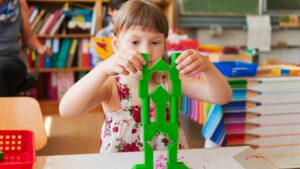 Sensory play activities hone a toddler’s sensing abilities while making learning a more immersive experience. Engage 2-year-olds in activities where they can touch, feel and manipulate the materials. Examples include playing with water beads, bubble wraps, or kinetic sand. Such sensory play activities offer children an exploration platform, driving cognitive development and enhancing their discovery skills.
Sensory play activities hone a toddler’s sensing abilities while making learning a more immersive experience. Engage 2-year-olds in activities where they can touch, feel and manipulate the materials. Examples include playing with water beads, bubble wraps, or kinetic sand. Such sensory play activities offer children an exploration platform, driving cognitive development and enhancing their discovery skills.
It’s clear that the home is a powerful learning space for 2-year-olds. By incorporating sensory play, art projects, puzzles, and interactive books, parents can stimulate their toddler’s cognitive, emotional, and social development. It’s essential to limit distractions and balance guided and independent play in organized play zones. Remember, learning isn’t just about formal education. It’s about blending it seamlessly with playtime, making it a fun, engaging experience. Activities like finger painting and role-playing games are not only enjoyable but also educational. So, let’s make the most of these formative years, turning everyday routines into learning opportunities. After all, a well-rounded mix of guided and independent play can truly enhance a toddler’s skills and development.

